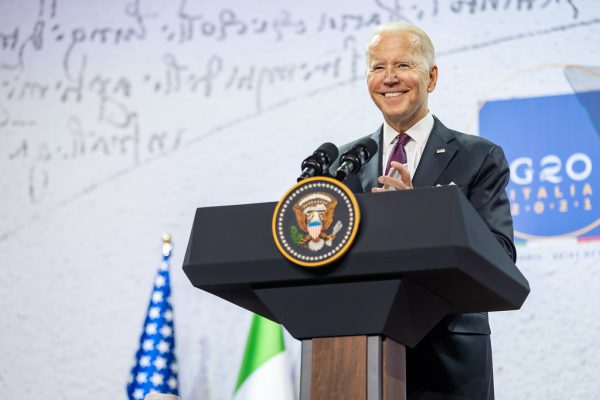Author: Hoang Thi Ha and Ian Storey
Affiliation: Regional Strategic and Political Studies Programme, ISEAS – Yusof Ishak Institute
Organization/Publisher: ISEAS – Yusof Ishak Institute
Date/Place: February 11, 2022/ Singapore
Type of Literature: Article
Number of Pages: 12
Keywords: US, Biden, Southeast Asia, Diplomacy, and US-China Competition
Brief:
This paper reviews the Biden administration’s engagement in 2021, and the prospect for 2022 and beyond in the Southeast Asia region. The Biden administration’s engagement with Southeast Asia had two major shortcomings in 2021: not holding formal in-person meetings, and lack of a positive economic framework for the region. However, the authors say the administration picked up the momentum in the second half of 2021 with a series of high-level meetings between senior US officials and Southeast Asian leaders. Arguably, the US diplomatic influence in Southeast Asia decreased during the Trump administration while Beijing has continued its influence in the region for years. Thus, the authors describe the Biden administration in Southeast Asia as a “Catch-up” mode to reclaim its influence and restore strategic partnerships in the region. In the first year of Biden’s administration, the key operating principle that guided the US’ initiatives in SEA was the US-China competition. That being said, Southeast Asia is a very important geopolitical goal especially for China’s containment in the Indo-Pacific. Thenceforth, the US has been pushing more the agenda on climate change, vaccine diplomacy and gone through some sets of multilateralism like the US-ASEAN summit and minilateralism like the Quad or AUKUS. Finally, the authors suggest that there are three points for a more forward-looking agenda for the US to strengthen its partnerships with Southeast Asian countries. First, is to address the missing economic framework for the region. The major setbacks for US economic influence in the region was when the Trump administration withdrew the US from the Trans-Pacific Partnership (TPP) in January 2017. Compared to China, the US has been pushing for more military power with the Quad or AUKUS in the Indo-Pacific, rather than balancing the economic power in the region. Second, to address the climate-related issues in the region. And third, to enhance maritime security—especially when it comes to the South China Sea disputes.
By: Salman Nugraha, CIGA Research Intern




